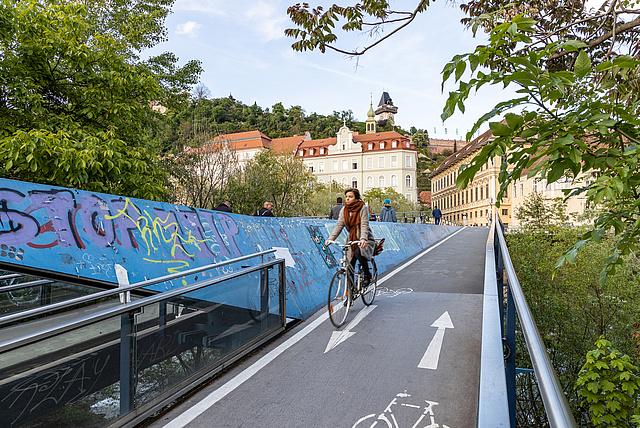Where City And Territory Meet...
Online Symposium
16th -17th September 2021

(c) Martin Grabner
Registration Now Open!
Where city and territory meet…
Crises have influenced the formation of urbanism as a discipline, just as much as they have had effects on the development of different urbanistic movements. The current situation once again has confronted us with the fragility of our built environments - and thereby has evoked calls for a rethinking of the goals and means of urbanism.
In face of immense social and ecological challenges, one can already observe a much-needed change in approach. Ever more projects become increasingly rooted in their wider environment; taking into account ecological systems of resources as well as attempting to tackle issues of equity and social responsibility without being confined to an ecological answer.
Such projects are not limited to a single place defined by the confinements of the property but situate the project site within a wider area connected to socio-ecological systems and their metabolism. Project sites can be transformed in such way, as to participate in larger systems or even strengthen them. Such projects go beyond goals of economic progress, modernity, and technology to put emphasis on well-being, ecology, and social inclusion. This notion of urban design proposes prosperity as a goal, a concept that allows much less use of resources and offers more social equity. In short: A project which integrates ecological and social issues without seeing any contradiction between them becomes what we call a territorial project. It signifies a reconceptualization of urbanism’s goals and means.
Rethinking the discipline in such way, however, is not necessarily how contemporary urban planning and design are playing out.
How, then, does the territorial project manifest in the actual design of our built environment?
Taking current and historic urban and rural projects as a base to move beyond a reconsideration of the profession’s fundamental goals and means, this online symposium invites theoretical, practical, methodological and empirical contributions that look at how the ongoing societal discourse manifests in space. We understand projects both as the medium and outcome of an amalgam of influences, be they of ecological, economic, cultural, social or political nature.
Keynote 1 | The Territorial Turn | Prof. Aglaée Degros
Keynote 2 | Instruments of Urban Planning Illustrated with Styrian Examples | Markus Bogensberger
Keynote 3 | Justice and Sustainablility in the Territorial Project | Eva Schwab
Keynote 4 | Contemporary Urbanism in View of its Modernist Legacy | Prof. Em. Marcel Smets
Closing Plenary Part 1 | Prof. Aglaée Degros, Eva Schwab, Markus Bogensberger, Prof. Em. Marcel Smets, Prof. Em. Han Meyer
Closing Plenary Part 2 | Prof. Aglaée Degros, Eva Schwab, Markus Bogensberger, Prof. Em. Marcel Smets, Prof. Em. Han Meyer
Topic Areas
Program
Proceeding
Presentations
Keynotes and Plenary
Contact:
urbagraz@tugraz.at